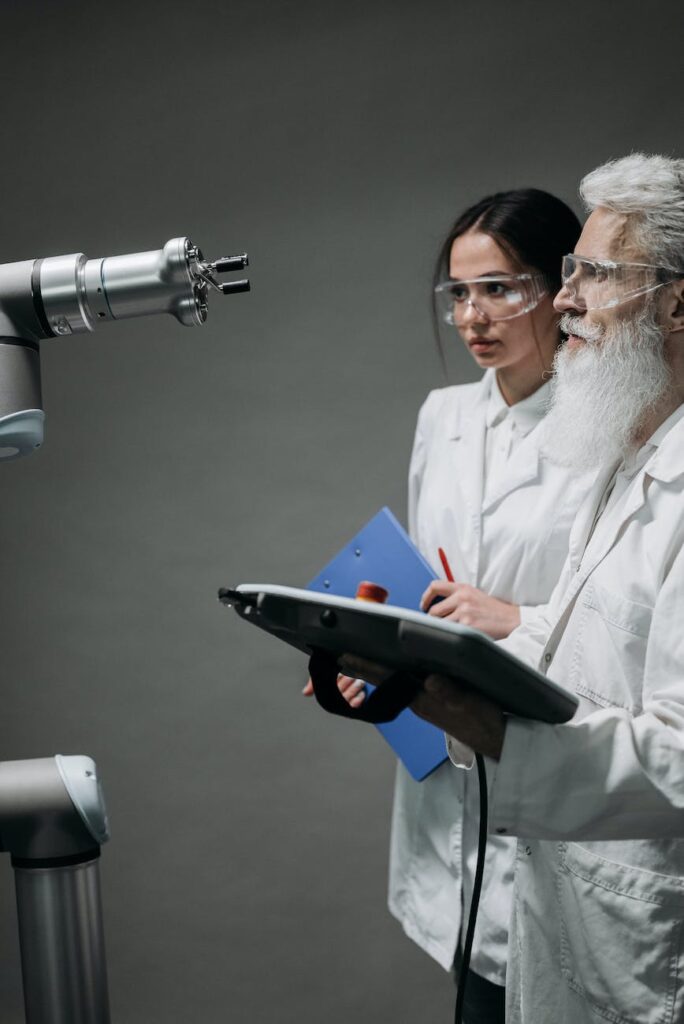Artificial intelligence (AI) has the potential to revolutionize the healthcare industry and improve the way we diagnose and treat patients. In recent years, there have been significant advances in AI technology, and it is now being used in a variety of healthcare applications, from analyzing medical images to predicting patient outcomes. One of the main […]
Virtual reality (VR) technology has come a long way in recent years and it has the potential to revolutionize various industries including gaming, entertainment, education, and healthcare. VR has the ability to create realistic and immersive experiences, blurring the lines between virtual and reality. This technology has the potential to transform the way we experience […]
As artificial intelligence (AI) continues to advance at an impressive rate, it’s natural to wonder how it will impact the future of work. Will AI take over jobs, or will it create new ones? Will it make our lives easier, or will it lead to unprecedented levels of unemployment? These are just a few of […]
Priced at $10 per month or $100 a year
Github Copilot is now available to all



